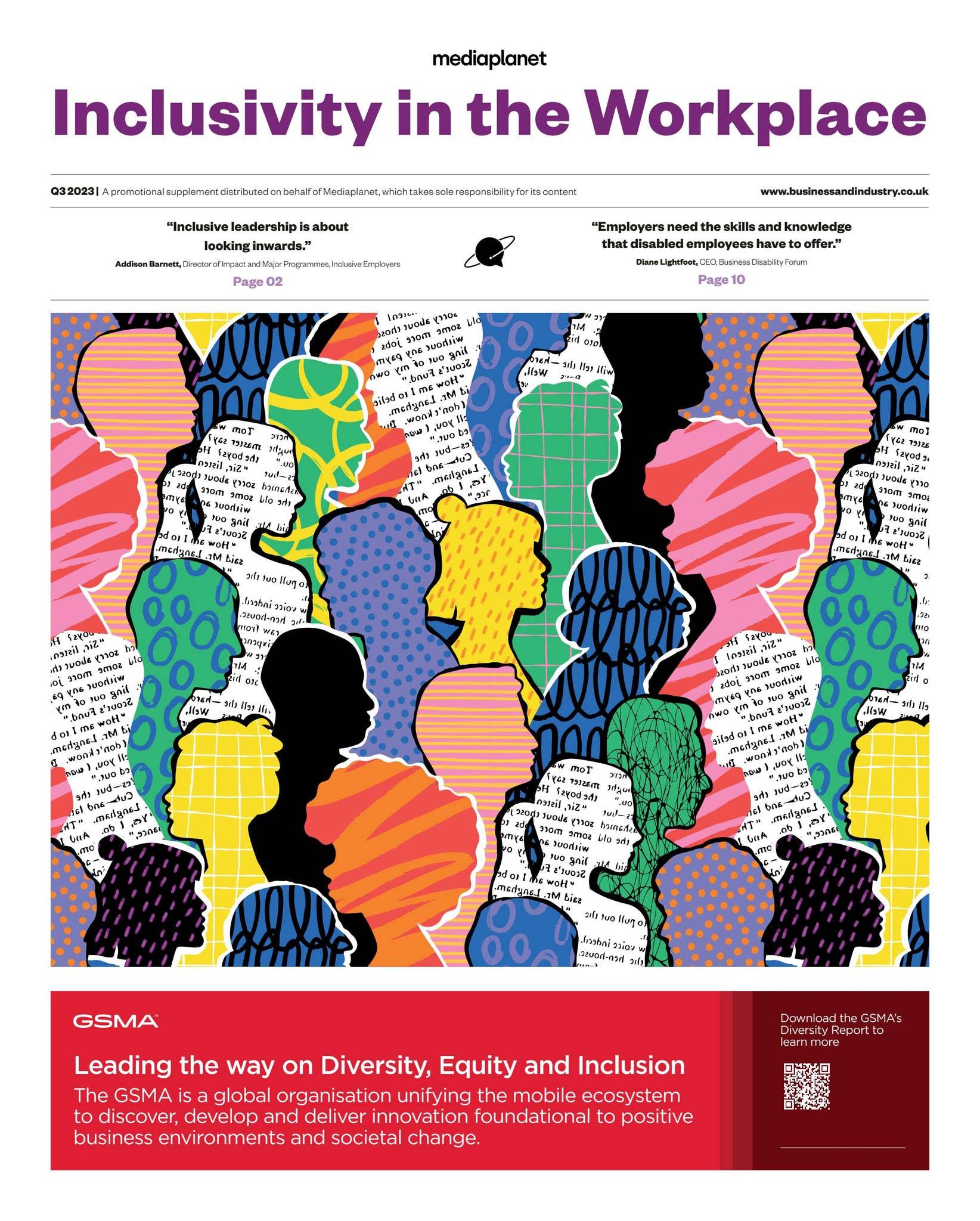5 Inspiring Case Studies of Successful Inclusion Strategies in the Workplace
Inclusion strategies in the workplace are no longer just a “nice-to-have”—they are a powerful business advantage. By building environments where everyone feels welcome and valued, organizations unlock creativity, performance, and innovation. In this article, we highlight five exciting case studies that showcase how real companies have successfully implemented workplace inclusion strategies, the benefits achieved, and practical tips you can use to nurture an inclusive culture in your own organization.
Why Inclusion Strategies Matter in the Modern Workplace
- Enhanced Innovation: Diverse teams are proven to generate more creative solutions.
- Better Financial Performance: Inclusive companies are over 35% more likely to outperform their peers.
- Talent Attraction & Retention: Employees stay longer where they feel accepted and valued.
- Positive Brand Reputation: Inclusive practices boost employer branding, attracting customers and partners.
5 Real-World Workplace Inclusion Case Studies
Let’s explore inspiring stories from organizations that have made meaningful strides with their diversity and inclusion strategies:
1. Microsoft: “Autism Hiring program”
Inclusion Strategy: Microsoft recognized the untapped talent pool among neurodiverse individuals. They launched the Autism Hiring Program to support candidates with autism through specialized interview processes and onboarding programs.
- Modified Recruitment: Longer interview periods, hands-on assessments, and empathetic interviewers.
- Onboarding & Mentorship: Ongoing support for new hires,including job coaches and mentors.
Results: Microsoft increased depiction of neurodiverse employees and found strengths such as unique problem-solving abilities and intense focus, especially in technical roles. Overall team performance and innovation also improved.
2. Accenture: Gender Diversity and Employee Resource Groups (ERGs)
Inclusion Strategy: Accenture’s aim to achieve a gender-balanced workforce by 2025 led to the formation of multiple Employee Resource Groups and mentorship programs focused on women,LGBTQ+,and ethnically diverse employees.
- Setting Clear Goals: publicly committed to gender parity and transparent reporting.
- Supporting Networks: Launched ERGs and mentoring for marginalized groups.
- Allyship Training: Regular workshops to educate managers and staff on unconscious bias and inclusion.
results: Rapid growth in diverse leadership, improved employee engagement scores, and recognition as a top inclusive workplace worldwide.
3. Salesforce: Equal Pay and Complete Benefits
Inclusion Strategy: Salesforce regularly audits employee compensation data to ensure equal pay across genders, races, and roles. They complement this with inclusive benefits covering mental health, parental leave, and transgender healthcare.
- Annual Pay Audits: Adjustments made to close any pay gaps found.
- Expansive Benefits: Inclusive health coverage and flexible work arrangements.
Results: Salesforce reduced turnover rates and increased employee satisfaction. Their transparent approach also attracted top talent and positioned them as a diversity leader in tech.
4. Sodexo: Global Diversity Leadership Council
Inclusion Strategy: Multinational food services company Sodexo established a Diversity Leadership Council to oversee diversity, equity, and inclusion initiatives globally, adapting strategies to local cultural nuances.
- Global-Local Approach: Regional teams empowered to tailor inclusion strategies.
- Progress Tracking: Annual reports on diversity metrics,tied to leadership performance reviews.
Results: Increased representation of women in leadership (from 17% to 42% globally), stronger cross-cultural teams, and higher client satisfaction in diverse markets.
5. EY (Ernst & Young): Inclusive Leadership Training
Inclusion Strategy: EY invested in organization-wide “Inclusive Leadership” training programs, ensuring all leaders understood how to champion diversity and create psychologically safe environments.
- Mandatory Courses: All managers and above required to complete training modules on bias, empathy, and inclusive decision-making.
- Embed in Performance: Inclusion behaviors linked to performance appraisals.
Results: improved team collaboration, stronger innovation metrics, and boosted morale reported across global offices.
Key Benefits of Effective Inclusion Strategies
- Increased Employee Engagement: People are more engaged when they feel seen and valued.
- Reduced Turnover: Inclusive workplaces experience greater loyalty and lower recruitment costs.
- Customer Alignment: Diverse teams better understand and serve a diverse customer base.
- Better Problem-Solving: Teams with varied perspectives identify risks and solutions faster.
Practical Tips for Fostering Workplace Inclusion
- listen Actively: Conduct regular surveys and feedback sessions to understand employee needs.
- Educate and Train: Invest in training to combat unconscious bias and promote inclusive leadership.
- Celebrate Diversity: Recognize and honor a range of cultural events, identities, and backgrounds.
- Measure Progress: Track diversity and inclusion metrics, transparently share results, and adjust as needed.
- Empower Employee Resource Groups: Support ERGs to give marginalized voices a platform and peer network.
- Offer Flexible Policies: adapt work policies to accommodate different abilities, needs, and family situations.
First-Hand Experiences: Insights from Employees
Employees in inclusive workplaces often share stories of positive change:
“Being part of my company’s neurodiversity hiring initiative allowed me to bring my whole self to work. It’s the first time I’ve felt truly understood and able to contribute my best.”
— John, Software engineer, Microsoft
“As a female leader in tech, joining a mentoring program not only accelerated my career but gave me a sense of built-in community and support.”
— Aisha, Project Manager, Accenture
Conclusion: Make Inclusion More Than a Buzzword
These case studies prove that implementing genuine inclusion strategies leads to happier employees, higher productivity, and stronger business results. Companies of all sizes can benefit by committing to diversity, fostering belonging, and being open to learn and adapt.
Start with small,intentional steps—listen to your workforce,educate leaders,and nurture a culture of respect. The ripple affect of inclusion will transform your organization, one story at a time. Make inclusion a cornerstone of your workplace, and watch both your people and your business thrive.

